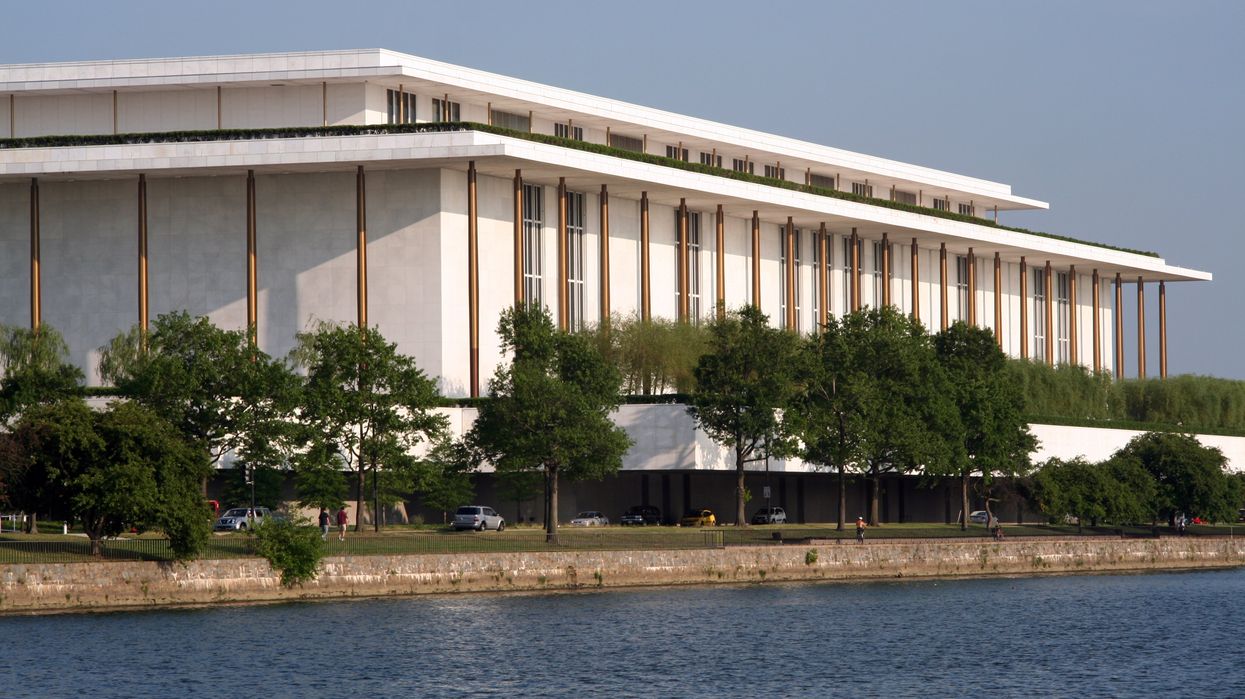Geer is a senior advisor to the chancellor, head of Vanderbilt's Project on Unity and American Democracy, and co-director of Vanderbilt Poll at Vanderbilt University. Mchangama is a research professor of political science and executive director of The Future of Free Speech at Vanderbilt University.
Americans’ views on free speech change directions every so often. One of those times was during the protests at U.S. universities about the Israel-Hamas war. As scholars of free speech and public opinion, we set out to find out what happened and why.
The Supreme Court itself, as recently as 1989, has declared that the “bedrock principle” of the First Amendment is that “ the government may not prohibit the expression of an idea simply because society finds the idea itself offensive or disagreeable.”
For years, conservative politicians and commentators have warned that college campuses are not strong enough protectors of free speech. But as demonstrations erupted, these same people complained that the protests were filled with antisemitic hate speech. Leading conservatives declared the demonstrations should be banned and halted, by force if necessary.
Liberals executed a similar reversal. Many of them have supported increased regulation of hate speech against minority groups. But during the campus protests, liberals cautioned that crackdowns by university administrators, state officials and the police violated protestors’ free speech rights.
As researchers at Vanderbilt University’s Project on Unity and American Democracy and The Future of Free Speech, respectively, we sought to determine where Americans stand. We drew inspiration from a poll done in November 1939 in which 3,500 Americans answered questions about free speech. In June 2024, we asked 1,000 Americans the identical questions.
When an abstract concept gets more concrete
We found that the vast majority of Americans – both then and now – agree that democracy requires freedom of speech. That’s in the abstract.
When the questions get more concrete, though, their support wanes.
Only about half of the respondents in both the 1939 and 2024 polls agreed that anybody in America should be allowed to speak on any subject at any time. The rest believed some speech – or certain subjects or speakers – should be prohibited.
This pattern is not unique to Americans. A 2021 survey in 33 countries by The Future of Free Speech, a nonpartisan think tank based at Vanderbilt, similarly found high levels of support for free speech in the abstract across all countries but lower support across the board for specific speech that was offensive to minority groups or religious beliefs.
We dug deeper in surveys in March and June 2024, asking which subjects or speakers should be banned. We thought the public’s appetite for free speech might have weakened amid the campus turmoil. We found the opposite.
When asked whether seven people with widely varied viewpoints should be allowed to speak, the share of people who said “Yes” rose for each one between March and June. Some of the differences were within the surveys’ margins of error, but it’s nevertheless noteworthy that all of them shifted in the same direction.
While showing a slightly increased appetite for free speech, these polls still fit with the overall contradiction: Large majorities of Americans passionately uphold free speech as a cornerstone of democracy. But fewer of them are supportive of free speech when faced with specific controversial speakers or topics.
The First Amendment is not an a la carte menu
Our surveys found that the public has a nuanced view of free speech. For instance, in our June 2024 survey we added some additional categories of potential speakers to the list we had asked about in March. More respondents were comfortable with a pro-Palestinian speaker than a leader of Hamas and with a scientist who believes that IQ varies by race rather than an outright white supremacist.
This pattern suggests that the public distinguishes between extreme and more moderate positions and is less tolerant of the rights of those with more extreme views.
This shift runs against the purpose of the First Amendment, which was intended to protect unpopular speech. The amendment very specifically was not intended to apply only to certain speakers or viewpoints.
Ours is not the only survey to find that many people don’t fully appreciate the logic and principles behind free speech.
In 2020, a Knight Foundation poll found that members of both political parties oppose speech that goes against their values or beliefs.
Later polls, including those conducted by other organizations, found more specifics: For instance, Democrats were more likely to support censorship of racist hate speech or vaccine misinformation.
And Republicans opposed drag shows and kneeling during the playing of the national anthem.
A February 2022 national poll commissioned by The New York Times and Siena College found that 30% of Americans believed that “ sometimes you have to shut down speech that is anti-democratic, bigoted, or simply untrue.”
A return to fundamentals
With the 2024 election looming and polarization increasing among Americans, some people may want only those who agree with them to be allowed to speak.
But a true commitment to the fundamental principles of free speech requires people to allow space for controversial and even offensive viewpoints to be aired.
History reveals that censorship of hateful ideas is often a cure that is worse than the disease, deepening social divides. James Madison, a key drafter of both the U.S. Constitution and the First Amendment, wrote in 1800:
“ Some degree of abuse is inseparable from the proper use of every thing … it is better to leave a few of its noxious branches, to their luxuriant growth, than by pruning them away, to injure the vigor of those yielding the proper fruits.”
As the founders knew, a respect for diverse viewpoints and the ability to express those views – good, bad and harmful alike – in the public sphere are essential to a healthy democracy.![]()
This article is republished from The Conversation under a Creative Commons license. Read the original article.































